TO help racehorses to perform better, recover better and enhance their overall health and well-being.” That has been the mission statement of my business, ever since I qualified as an equine massage and rehabilitation therapist.
Horses have been a huge part of my life from as early as I can remember. As a child, I started riding ponies and continued through to hunting, hunter trials, eventing and show jumping. Over the years my family have had a few runners in point-to-points and on the track.
I had a very big interest in the racing side of things. After completing my Leaving Certificate, I went on to qualify as a quantity surveyor in Carlow IT. From there, I worked in Dublin for a few years but soon discovered it wasn’t for me. Aside from constantly finding myself drawn back to horses, I hated the daily commute, stuck in rush hour traffic!
I decided to embark on a new challenge and started riding out with a small pre-training yard. From there, I joined Willie Mullins’ team in Closutton over a decade ago, and soon afterwards was given the opportunity to become a barn manager, where I was responsible for taking care of 10 horses.
Over the following years, I was lucky enough to be associated with some incredible racehorses. Djakadam is one that definitely springs to mind. He fell short of winning a Gold Cup but was a serious three-mile chaser. I also got to ride out Annie Power for a season; she turned out to be a real star, finishing second in a World Hurdle, before coming back two years later and winning the Champion Hurdle. Monkfish, a horse I currently ride out, is a chaser with huge potential. However, the horse that stands out above all others for me, is undoubtedly the ill-fated Wicklow Brave.
Arrival
Quirky but brilliant on his day, Wicklow Brave announced his arrival on the scene with a runaway eight-length win in the 2015 County Hurdle at Cheltenham. A year later, he gave Willie (Mullins) his first and to date, only Group 1 success on the flat, when winning the Irish St Leger under Frankie Dettori. In 2017, he reverted to flights to take the Grade 1 Champion Hurdle at Punchestown under Patrick Mullins.
In the years either side of that win, he also travelled to Australia to run in the Melbourne Cup on two occasions.
Along with David Casey, I got to accompany him both times, overseeing his preparation and riding him out, while he was in the country. In May 2019, Wicklow Brave made a belated chasing debut at Ballinrobe at the age of 10. Having justified odds-on favouritism, he then stepped up in class to win a Grade 3 chase at Galway later that August. In doing so, he completed a rare treble of group/graded wins on the flat, over hurdles and fences.
Worst day
Sadly, just two runs later, Wicklow Brave suffered a fatal injury in the American Grand National at Far Hills. He had kicked clear of his rivals and looked sure to win when falling at the last. I was in attendance that afternoon and it was undoubtedly my worst day in racing.
I knew I’d always work with horses but wanted something else to complement my existing role. Equine massage therapy was a field that greatly interested me. I was aware of a growing demand within racing, yet there were not too many therapists qualified in this area.
After much research and consultation, I studied with Therese Murphy at Equi Ed in Wexford. This was very appealing as it was a professional course specialising in the racehorse.
Case studies
Throughout the two-year course, I continued to work full-time for Willie Mullins. In that respect, Willie and Jackie were very good to me; always accommodating when it came to taking time off for lectures, study or exams.
The course itself is very demanding. Aside from the prescribed work, students need to do a lot of their own research and case studies. Unless you are prepared to do this, you will struggle. I am fortunate to work in a large training yard with plenty of opportunities to see examples first hand.
When treating horses, it is very important to treat each as an individual. You’re looking at the whole picture; their demeanor, posture, muscle tone/ pattern, conformation, movement analysis etc. Also, throughout palpation of the muscle you assess muscle temperature, texture, tenderness, and tension.
You do have your common issues across the board but also you need to consider many contributing factors as to how they are trained; be it flat or national hunt, incline and the surface they are ridden on. Tack used and even the standard of riders are just a few things to consider as to how well a horse performs or doesn’t.
Treating issues that arise ideally at an early stage before a slight issue becomes an injury is the main aim. Alternatively, setting up a rehabilitation program when needed working alongside veterinary advice.
Maximum potential
The main objective is to relieve the muscles of tension and stiffness, reduce pain and increase their overall range of movement and flexibility. A horse that is happy mentally and physically has a greater chance of reaching their maximum potential.
At the moment, I still work full-time in Willie Mullins’ yard every day, riding out a few lots in the mornings followed by treating horses for the rest of the day. Riding out is helpful as it allows me to assess horses as they perform under saddle and benefits how I treat a horse later on in the day. I then go and treat horses for my own clients in the evenings.
Since I qualified as an equine massage therapist, I have seen the demand for my services increase steadily. With the increased focus on animal welfare, particularly in the racing industry, I have found more and more trainers are incorporating equine massage therapy as part of their daily training routines.
In 2021, I expanded my services to include rehabilitation, strengthening and conditioning programs for a small number of private clients. I have a purpose-built yard at my home to facilitate this, which I aim to expand in the coming years.
Jason Dear was in conversation with John O’Riordan
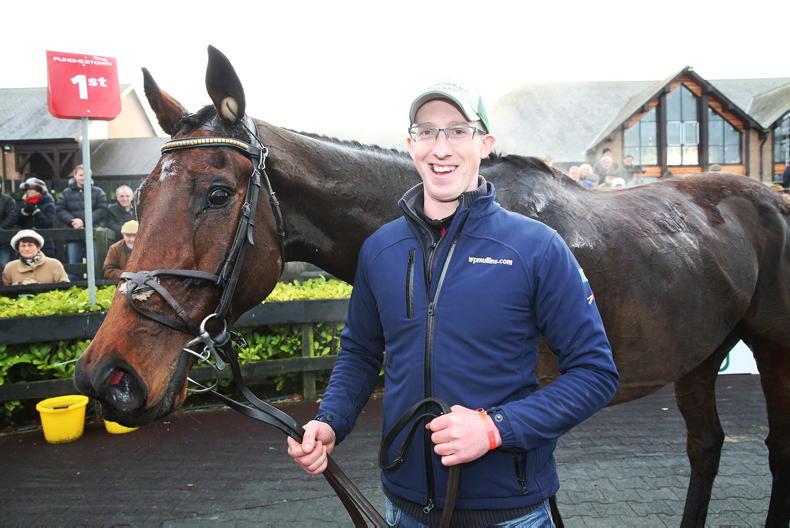

 This is a subscriber-only article
This is a subscriber-only article
 It looks like you're browsing in private mode
It looks like you're browsing in private mode
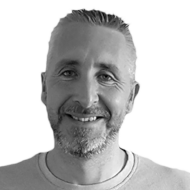






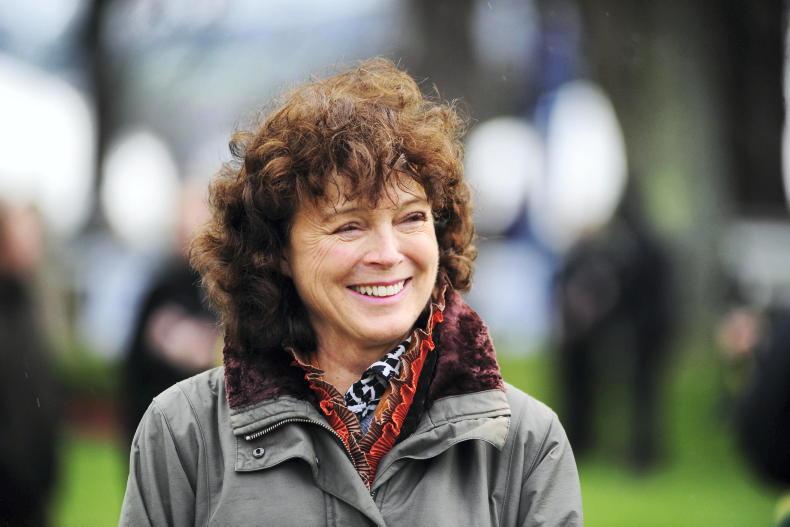
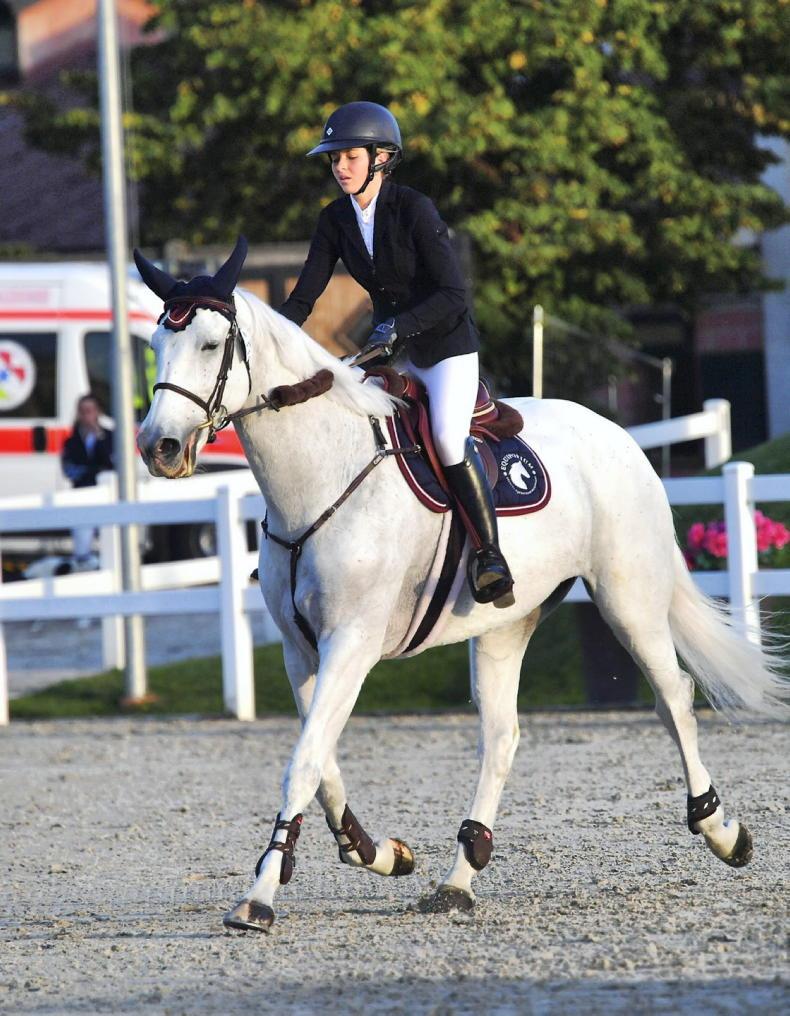
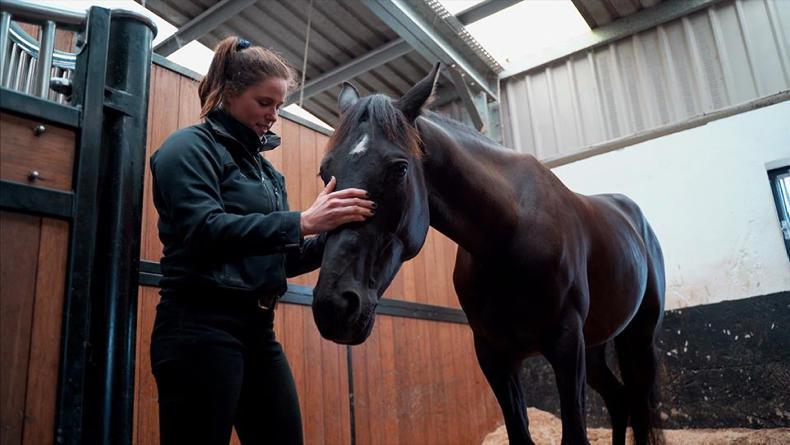
SHARING OPTIONS: